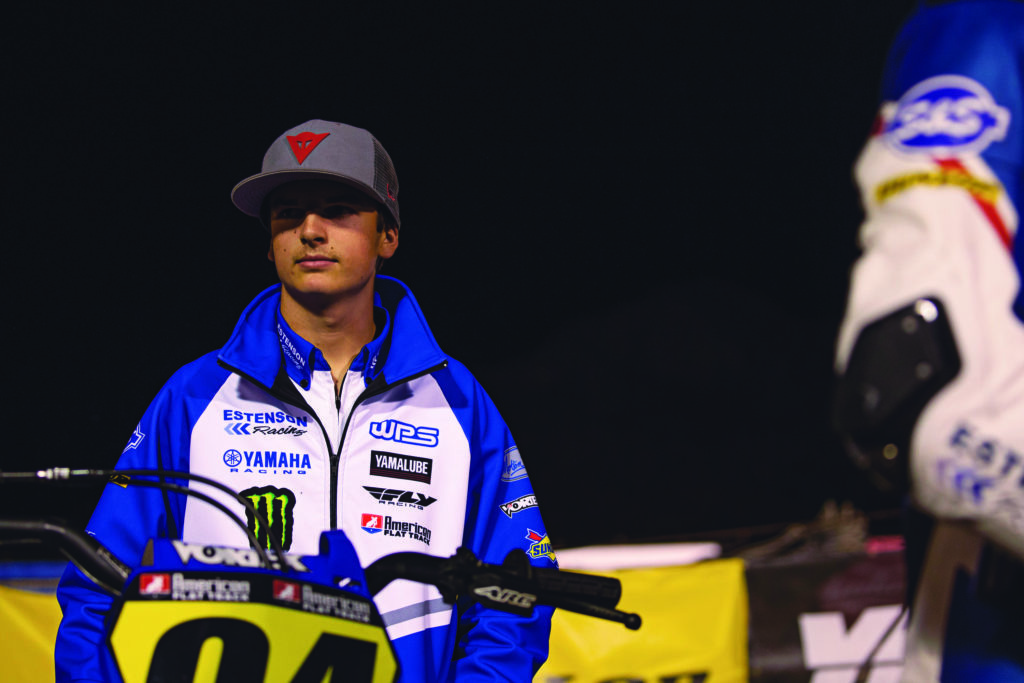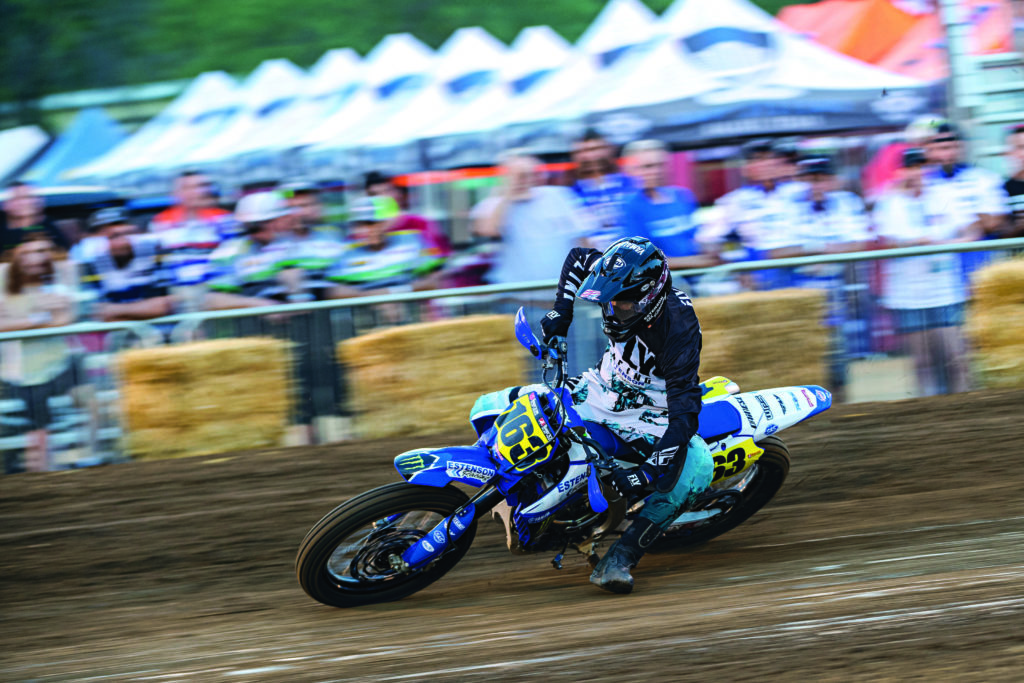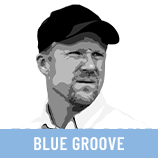Professional racers in the 2019 American Flat Track series will compete at 17 different venues with 17 different dirt compositions and 17 different track layouts. Where in the U.S. can an amateur flat track racer prepare for the track variety that AFT-series success requires?
Unlike in the late ’80s and during the 1990s, when professional flat track racing was mostly contested on Half-Mile and Mile tracks, today’s pros are required to adapt to a far wider variety of racetracks. Much like the Kenny Roberts and Jay Springsteen era, todays riders will face multiples of all four American Flat Track disciplines: Short Track, TT, Half-Mile and Mile.
The last decade has seen a lot of wins and championships by Jake Johnson and Jared Mees, both of whom grew up on tracks in Eastern Pennsylvania’s AMA District 6. For more than twenty years, District 6 has offered some of the widest varieties of track surfaces for its amateur flat track riders. Short Tracks in rodeo arenas and go-cart tracks, along with the numerous sprint car tracks in the region, have played host to many District 6 amateur races. Throw in the legendary Piston Poppers TT events in Parkersburg, Pennsylvania, and horse/trotter tracks in York and Gratz and you have fertile ground to produce quality AFT racers.
Following Johnson and Mees out of District 6 are racers such as Brandon Robinson (two AFT Twins wins so far in 2019), Texter siblings Cory (three Production Twins wins this year) and Shayna (winningest AFT Singles rider in history), current AFT Singles champion Dan Bromley and a host of others competing across all three AFT professional classes. In addition to district events, these racers’ proximity to other flat track hotbeds in New York, Maryland and Ohio guaranteed a place to race when District 6 was idle.
Still, despite the obvious and positive effects that multi-circuit competition has on a rider’s performance in American Flat Track competition, I’m seeing a trend that may affect the development of some up-and-coming pros. Many of today’s riders, once they’ve turned pro, have tended to compete only in AFT events – and eschewed racing in local events or participating with other up-and-comers in the Steve Nace-promoted All-Star Series, which has proven to be a solid and quality Midwest-based feeder-system for AFT over the years.

I’m of the opinion that these types of local and regional events are key to the continuing development of a rider’s race craft. But the attitude many have adopted seems to be this: ‘I’m an AFT rider now, and I’ll just focus on AFT races.’ This approach will ensure that current riders at or near the top of the AFT standings will remain there a few years longer. Riders like Johnson, Mees and others got to where they are by racing wherever and whenever, and well into their professional careers. A young rider racing only AFT after acquiring his or her pro card will not catch up to the current class leaders without supplemental events. But it takes more than a steady volume of events to develop future pro riders. It takes a good volume of racers to race against, too.
The American Flat Track series relies on AMA-sanctioned amateur events as well as Nace’s All-Star Series to feed it quality competitors. AFT has made attempts at further developing riders within its own ranks with mandatory age and race minimums prior to advancement into the premier AFT Twins class. Yet the amateur system, as it currently stands, is somewhat archaic for developing future flat track pros due to a decline in participants that has only recently flattened, thanks largely to the recent resurgence and popularity of AFT. A rider today that aspires to AFT glory in the future must compete in a higher volume of races to make up for the lower volume of quality competitors at the amateur level.
The aforementioned All-Star Series definitely has the bones and infrastructure for amateurs who aspire to be pros and for current pros to hone their craft. It could be a blueprint of sorts for other regions, too – the Western U.S., most specifically.
Nace’s system not only offers a wide variety of classes for a wide variety of riders, it also allows top amateurs to compete against seasoned pros in its newly-named All-Star Singles class – which would ensure that a 16-year-old flat tracker outside of the Midwest, Eastern or Southern U.S. would arrive into AFT competition more prepared.
Unfortunately, the formal connection between amateur and professional flat track racing was cut when Daytona Motorsports Group purchased the assets of AMA Pro Racing from the AMA back in 2008. As Chief Competition Officer for American Flat Track during the 2017 and ’18 seasons, I was privy to ongoing conversations between AFT and the AMA about this very topic, but my straight talk and realistic approach were apparently not appreciated by either party – and ongoing obstacles have prevented a solution that everyone can live with.
These days it’s up to the aspiring rider and his family to understand that arriving on the doorstop of AFT does not ensure their rider is the next Roberts or Springsteen. They will need to travel, often far from their local tracks and against other competitors on as many different tracks as possible, to have a chance against the Meeses, Johnsons, Bromleys and Texters of today. There is no guarantee that their amateur years of preparation for professional racing will produce the next flat track or road racing phenom like Kenny Roberts, Freddie Spencer or the late, great Nicky Hayden.

Very soon – this summer, in fact – you will likely start to hear the name of a young man from a family that took him to as many races as they could afford, on many different tracks, and on both dirt and pavement. One day, he may very well be included in the previous list of phenoms. He’s from Mattoon, Illinois, and his name is Dallas Daniels.


















